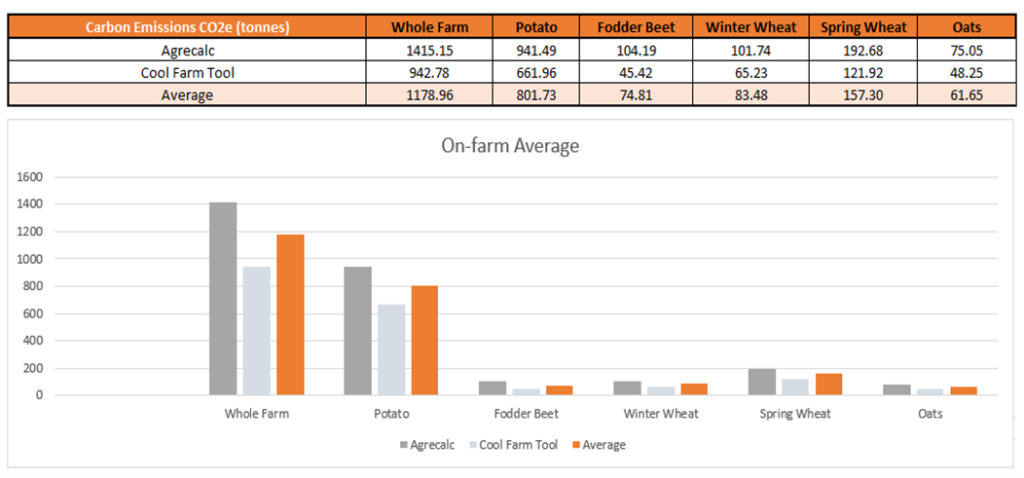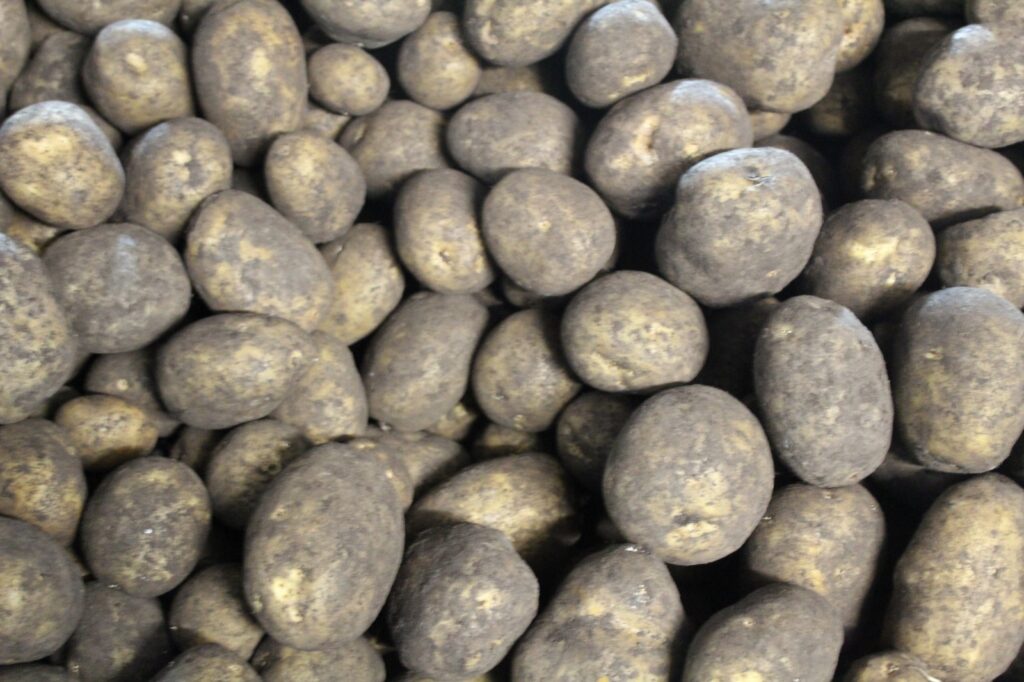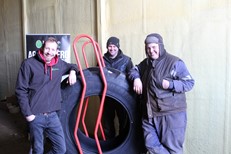The Myerscough College Ag Net Zero Challenge, Websters
Land management is amongst the largest contributors to climate change and there is an urgency for agriculture to transform from being a net emitter of carbon (CO2e) to a net sequester of carbon (CO2).
Carbon Farm Roadshow #5 Courtesy of AW & MA Webster and Family
The Myerscough College Ag Net-Zero Challenge is part of The Lancashire Colleges’ Strategic Development Fun Pilot, supporting colleges and local employers to work together to create a skilled workforce for a future low-zero carbon economy.

Farm Profile
Mr and Mrs Webster from Hollin House Farm in Aughton Southwest Lancashire, volunteered to participate in the Myerscough College Ag Net-Zero Challenge. They undertook a whole farm carbon audit to identify areas of improvement within their farm business to reduce carbon emissions.
Hollin House Farm
Green Lane
Aughton
Large Dairy Intensive
tHE CARBON AUDIT

A carbon audit is an assessment of the emissions of carbon dioxide equivalents (CO2e) produced by each enterprise within a business and, where possible, looks at the sources of sequestration within the business. The carbon audit at Hollin House Farm was carried out by Carbon Metrics – a company that specialises in analysing and interpreting existing data and generating a targeted management plan to show how net-zero strategies can be achieved. The farm audit is calculated by using a carbon toolkit. There are currently over 70 toolkits available with no standard industry requirements for data. Therefore, in this case study, we used the average of two carbon audit calculators, Agrecalc and Cool Farm Tool, to produce the results.
Strengths
Good Overall Low Carbon Emissions: The farm has a good overall level of low emissions across all the farms’ enterprises as demonstrated by the low figure of 0.13kg CO2e for every kg of product sold based on the Agrecalc and Cool Farm Tool averaged figures. This is to say that for every kilogram of product sold, the farm emits 0.13kg of carbon dioxide equivalents. This is a good position to be in and is shown in the good returns on crop production in the potatoes and fodder beet.
Potato Store and Handling: The farm has an exceptionally well-built potato store and handling facilities on site. While this doesn’t reduce the emissions from field operations, it does help to reduce wastage to an absolute minimum and helps the amount of crop sales as high as possible to the yields invested. Reducing this wastage also helps to keep the farm’s kg of CO2e per kg sold as low as possible, thus reducing the farm’s potato carbon footprint as a product. Farmers are continually challenged with change and, over many decades, have demonstrated their response to adapt. While climate change is a global problem, farmers will embrace and respond to this challenge. Carbon accounting provides the agricultural industry with the tools to investigate their own greenhouse gas emissions and options to mitigate and reduce their carbon emissions.
Areas for Consideration
Soil Conditions: Currently, the farm operates on a plough system across some of the enterprises and, as such, is releasing carbon dioxide equivalents in the form of nitrous oxide into the atmosphere. This is due to the need to restore field conditions after potato and fodder beet. The use of a plough is still needed across the farm to ensure the soil conditions for crop growth are optimal following potato crops. Using it in fields where compaction in the topsoil is present will help remove any capping or pans in the very top of the soil structure, therefore, helping improve nutrient uptake, thus reducing fertiliser needs. The use of the plough wants to be part of the rotation but in a strict management system assessed by the soil conditions.
Carry Out a Soil Carbon Test: Carrying out a loss on ignition test will help to verify the amount of soil carbon in the current soils. As the program used in auditing uses averages to work out soil sequestration, this action is key to verifying that soil carbon is being built up. This needs to be done yearly to show the soil carbon build-up.
Carbon Opportunities
Renewable Energy: The farm is in prime position to develop its own electricity from PVC solar panels on the roof of farm buildings. Using this electricity generated on-farm to power operations such as lighting or the fans in the potato stores will enable the farm to cut its energy demands and make significant inroads into reducing its demand from the national grid.
Monitor Fuel Use: Monitoring fuel use by enterprise activity and identify areas for savings. Looking at the farm operations and engaging in the logistic management of the crop-growing enterprises could help reduce the emissions. While this could be difficult for potato and fodder beet enterprises with the high amount of machinery passes needed, looking at fuel use in arable and yard operations could be helpful to reduce emissions further.
Where appropriate, and in keeping with the possible use of renewable electricity, the use of electric telehandlers or road vehicles could help to play a large part in reducing these emissions.
Benefits for the Business
Improved Return on Investment: By following the areas of consideration and the mitigation measures, the farm can expect a better return on crop costs and fuel usage. It will also see the amount of CO2e emitted fall further, helping to achieve net-zero. The farm could look to invest in renewables, but this would only help a small proportion of the way to reach net-zero. Further work on fuel and fertiliser needs to be carried out to significantly reduce the farm’s carbon output.
Cover Crops

Utilising plant over machinery—good soil management for better yields.
For the Webster family, the best and most economical way of adding organic matter to the soil is to grow cover crops between cash crops. History shows that organic manures from other farms introduced invasive weeds; therefore, this practice had stopped, apart from poultry manure. Cover crops add small plant life remains to the soil, ultimately producing vital fertility and structure. Mixes can be broadcast or drilled at a maximum of 10mm. Mixtures can be grazed, topped, or sprayed off and either incorporated or left to break down on the surface. Recommended mixtures include mustard, fodder radish, and phacelia.
Tyres, Traction and Compaction

“It’s all about the square inch” was introduced by Stephen Lamb, Bridgestone Tyres. Your tyre inflation pressure is the amount of air pumped into your tyre and measured in pounds per square inch (psi), bar, or kPa. This measurement is the pressure of force against a surface area of 1 square inch within the tyre pushing outward. There are recommended tyre pressures for road and field, and each contains efficiencies for minimizing compaction and diesel usages. Traveling as lightly as possible achieves efficient tractor operations; consider wider width passes to make sure the tractor is balanced.
Subscribe!
Please enter your email below to keep up-to-date with the AG Net-Zero Challenge
